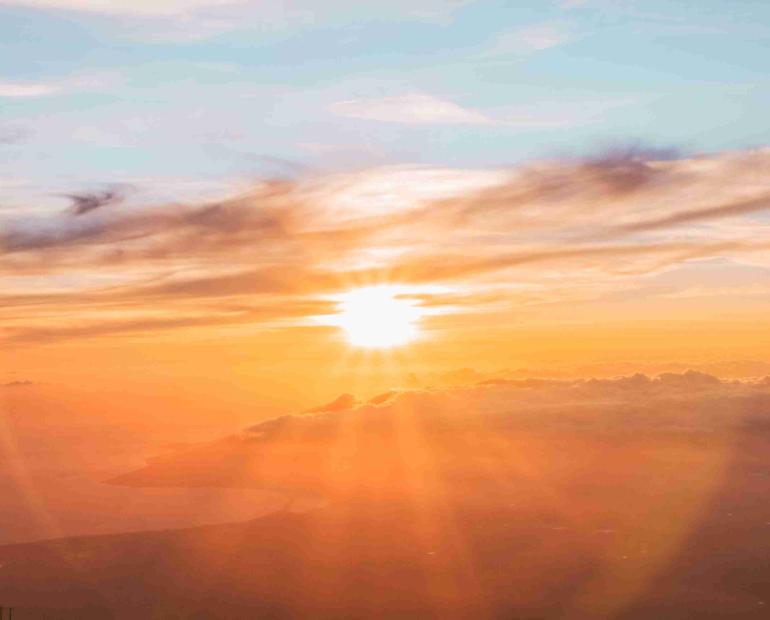
Singapore’s landscape is densely-populated, a concrete-jungle it can sometimes seem. As highlighted in Singapore’s NDC (Nationally Determined Contributions, intended to be presented at the COP meeting in 2020), it is important to consider urban planning for the future.
I was first introduced to vertical farming for my exhibition in grade 4, when it was still a blossoming idea. Now, in cities around the world, planting trees in urban areas is seen as a way to still contribute to forestry while not losing out on property profit.
In Milan, the hometown architect Stefano Boeri designed aesthetic, sustainable residential buildings to look like “towering forests in the sky”. As land becomes scarce, the solution may be to start building upwards. Vertical gardens, when implemented in sky rise buildings, promote the development of ecosystems. For example, the Boeri buildings have 700+ trees and more than 20,000 plants, housing a variety of bird, insect and overall wildlife species. Fitted with solar panels, the buildings use significantly less energy in electricity and overall maintenance.
As more countries, especially those with desirable climates such as Milan and Singapore try to bring this architectural style to their landscapes, it seems virtually impossible for less economically developed countries to do so.
As it has always been said, sustainability is indeed luxury at its highest levels. Organic food, "green" buildings and other sustainable options are more expensive rate than their less environmentally-friendly alternatives. We are going through a period of time of great economic uncertainty - more people are staying at home and hence increasingly companies are being run out of business. How can we expect firms and large-scale corporations to put aside their already minute profits for environmental gain? Governments are struggling with funding crucial things such as aid packages and keeping the healthcare sector floating, so now climate change is on the back burner. Can architectural firms and construction companies emulate Boeri’s designs?
It seems that for a while, this may not be possible, causing great worry to me and other climate activists around the world - that while we are living in a worldwide pandemic, the climate’s perils haven’t paused, or taken a break. We are still hurtling towards a disaster of some kind. The argument of resource allocation is one that will be brought up repeatedly over the next couple of months if not years. Hence, it is important that we turn inwards and see how we can make our own houses sustainable while in quarantine. Install potted plants on your balcony or inside/outside your home. These small changes can still make a big impact on the environment around us.






